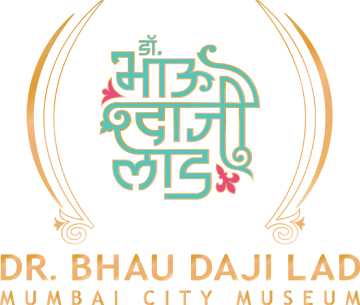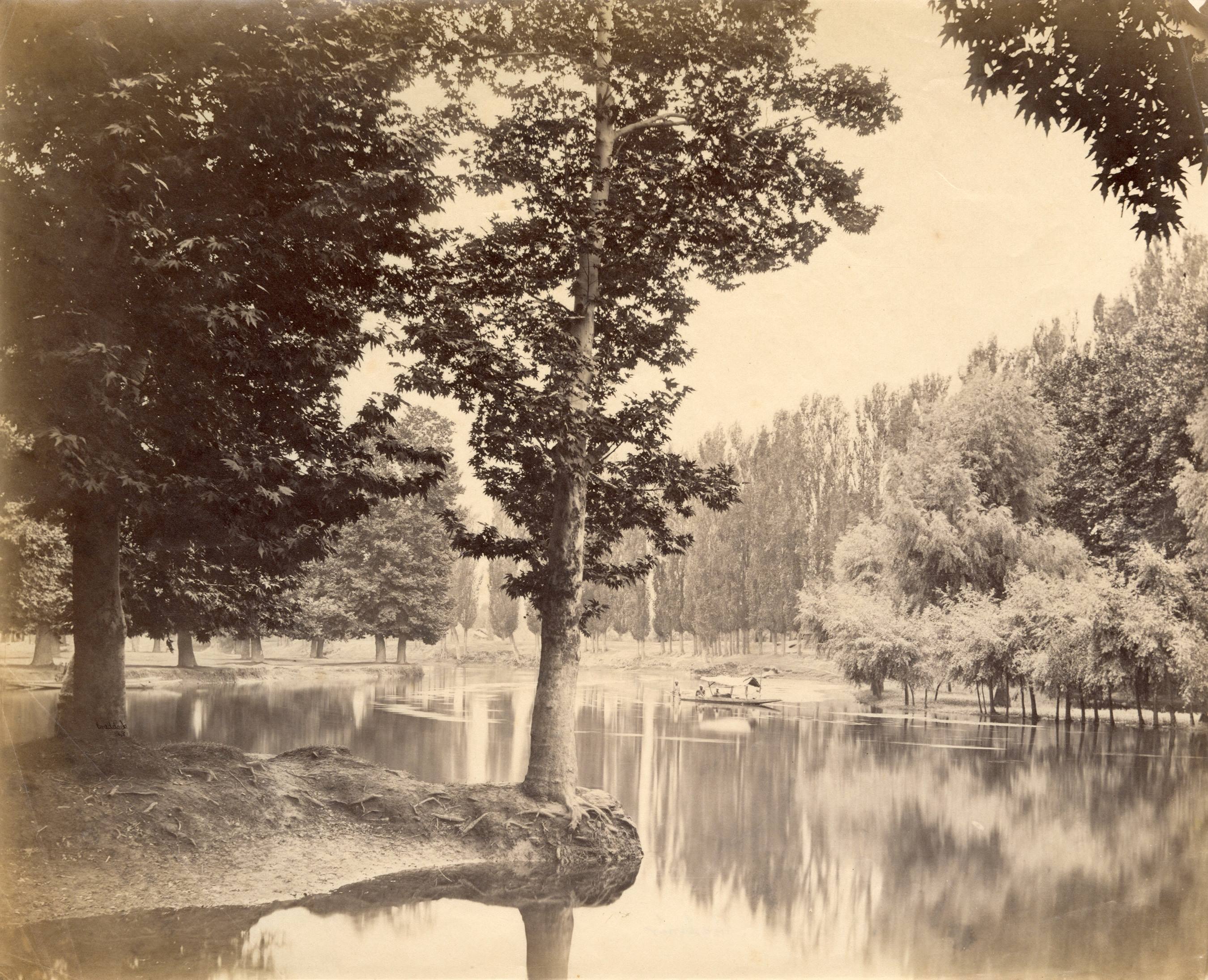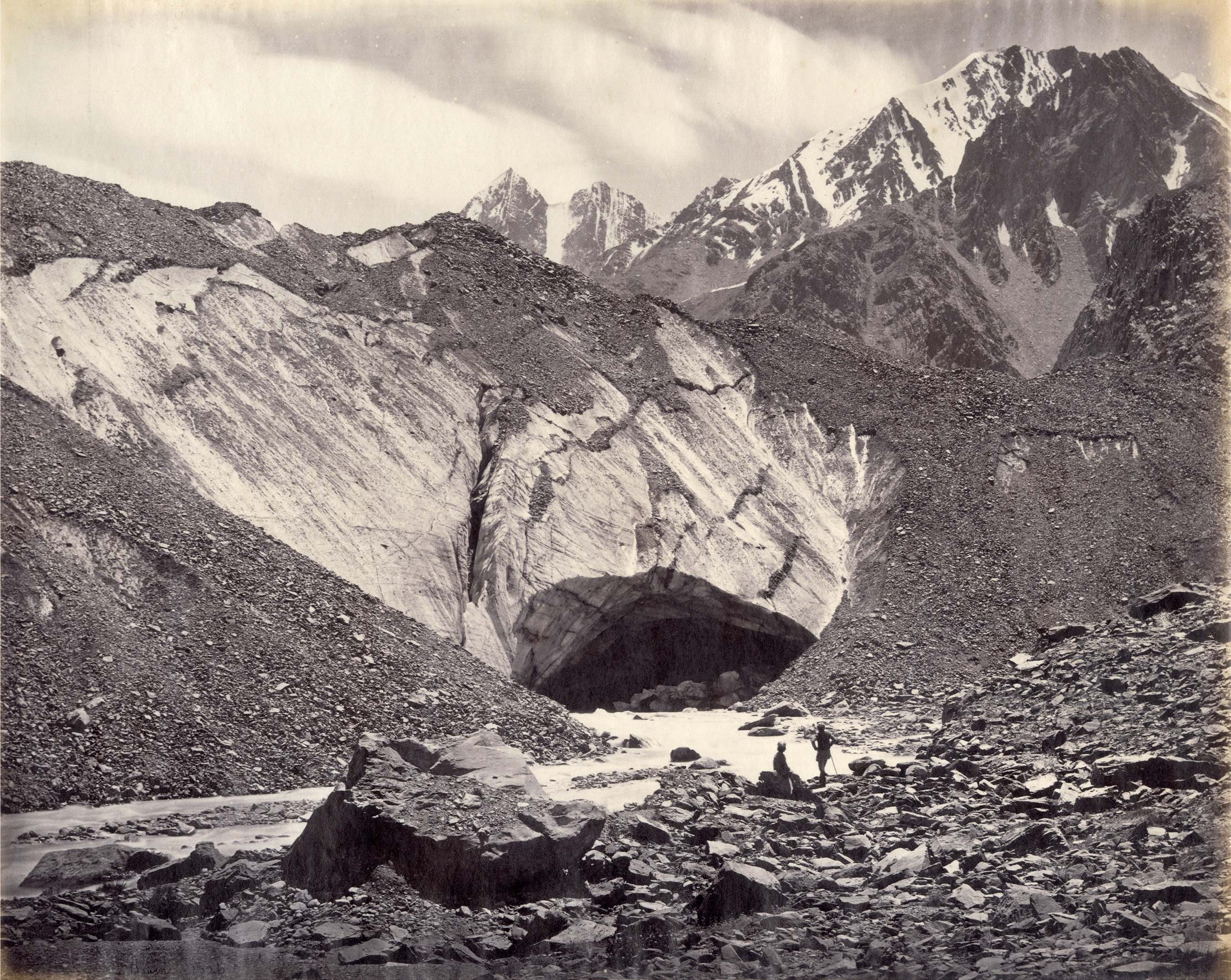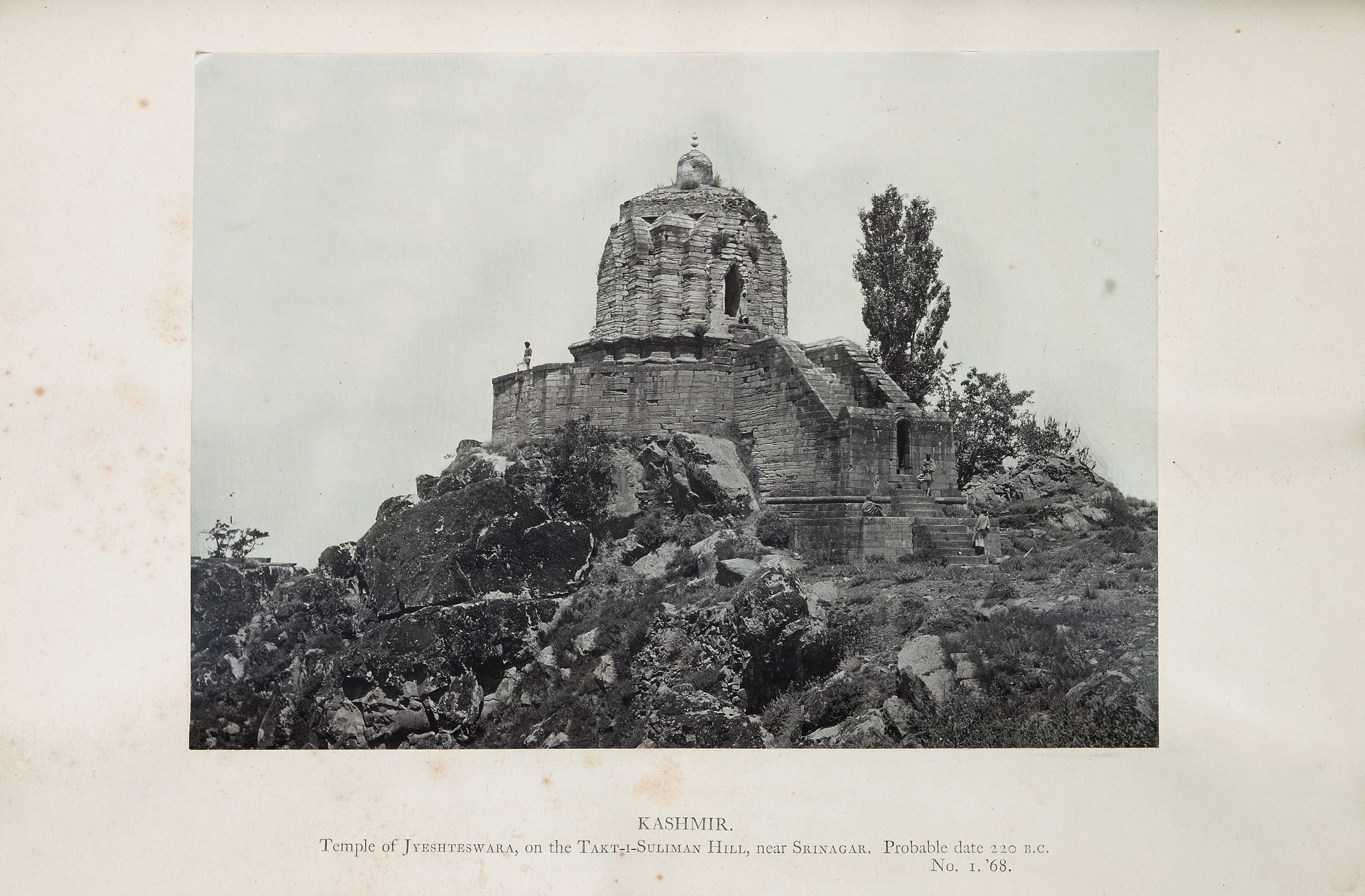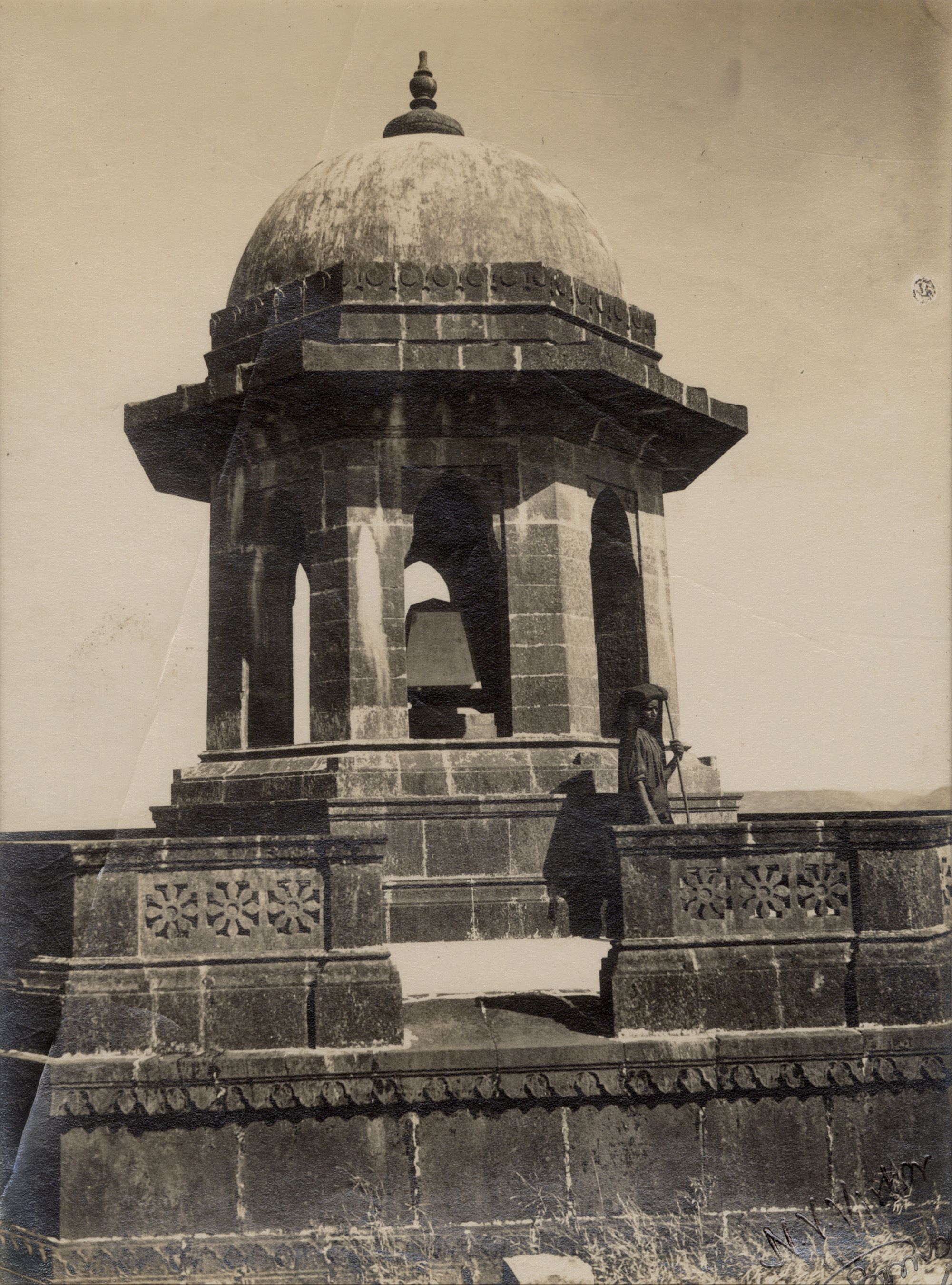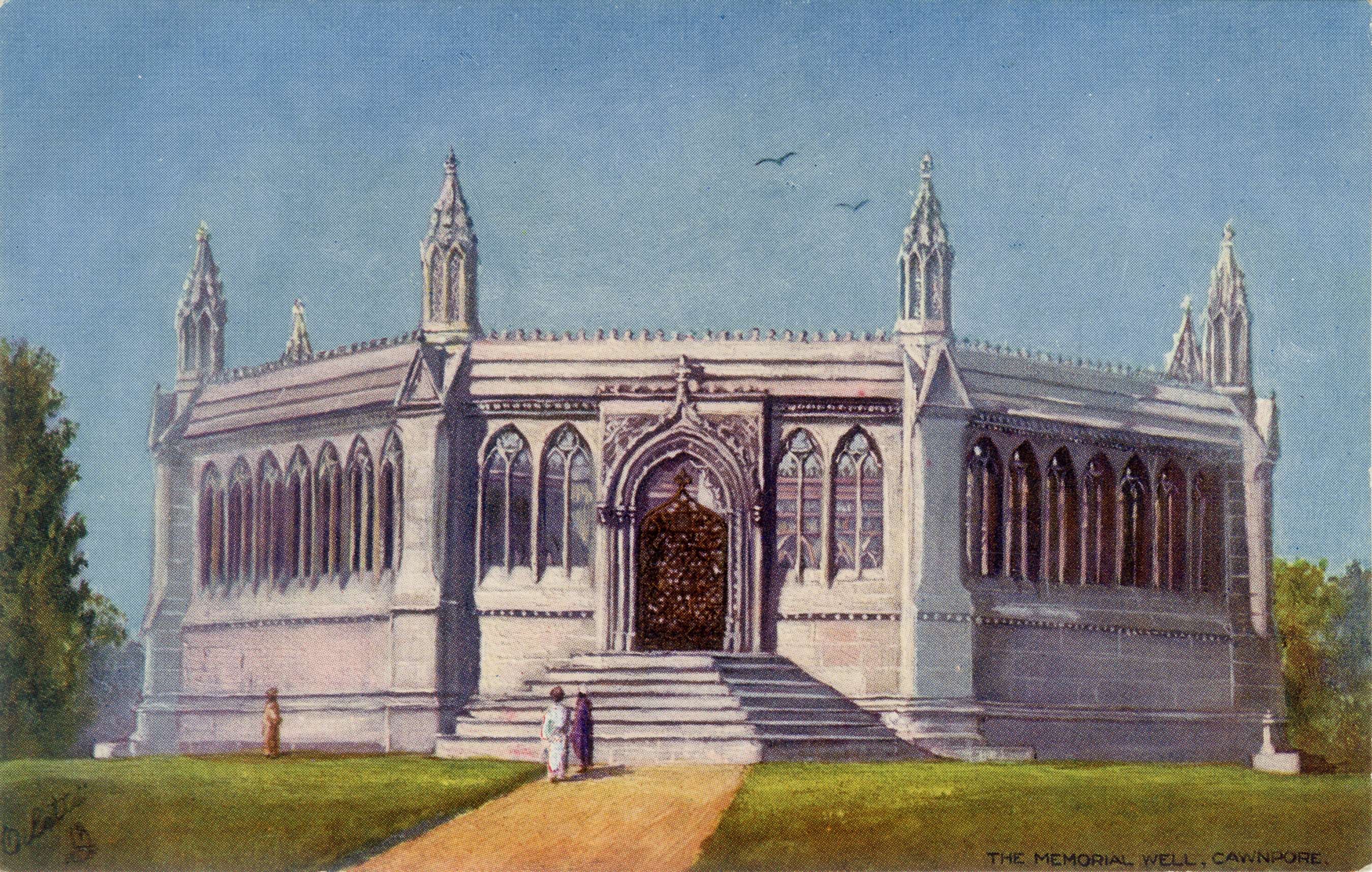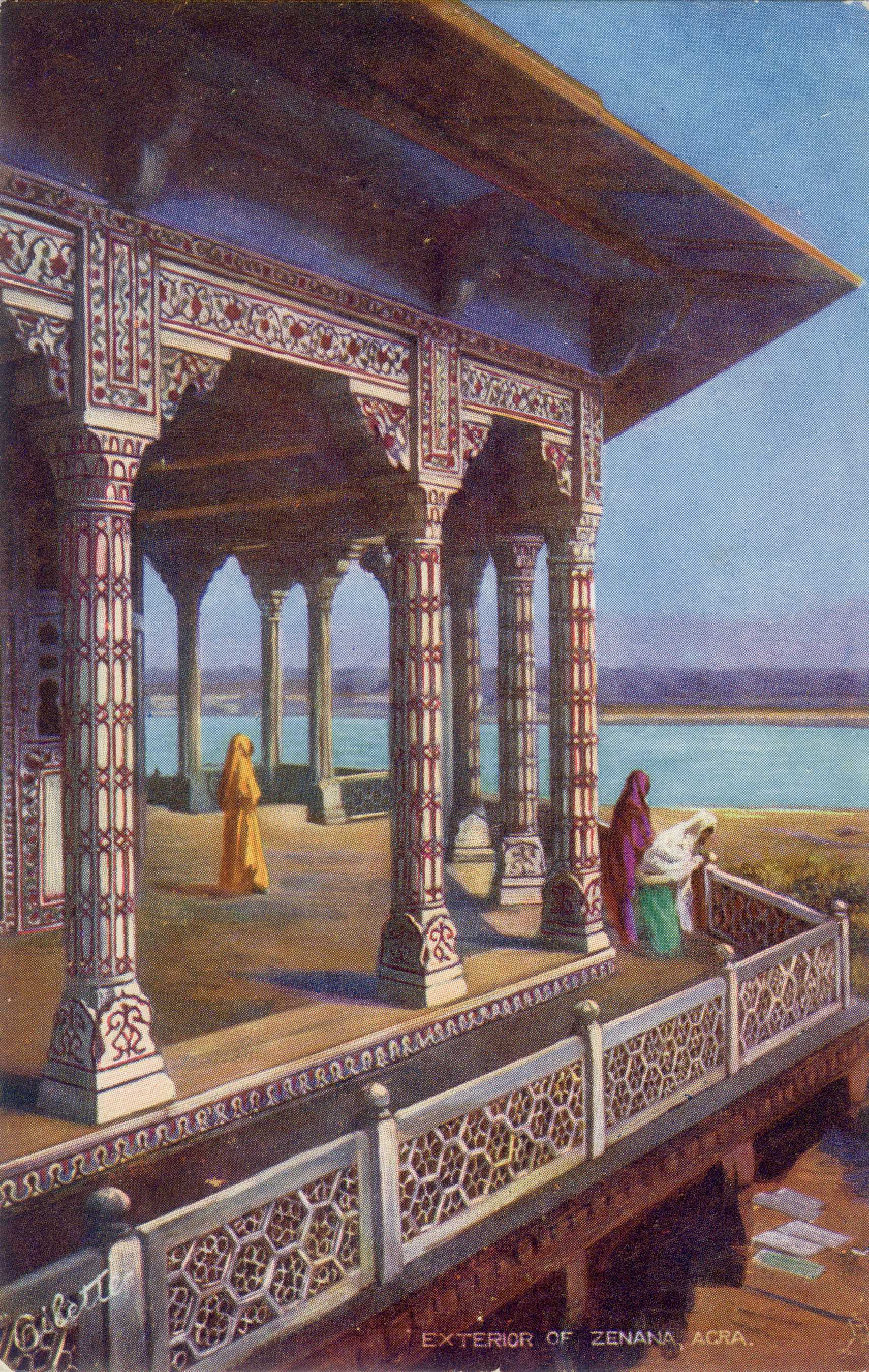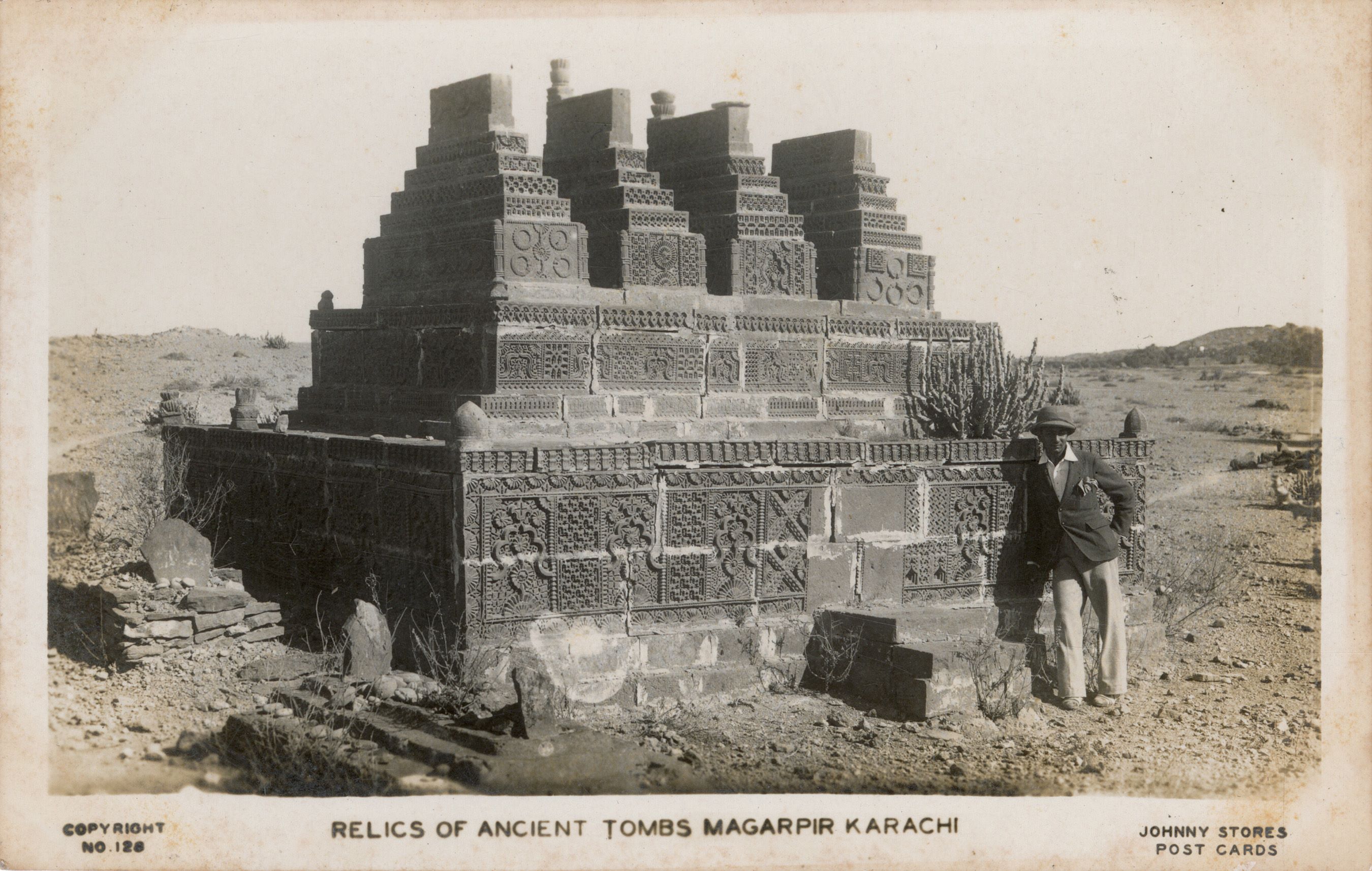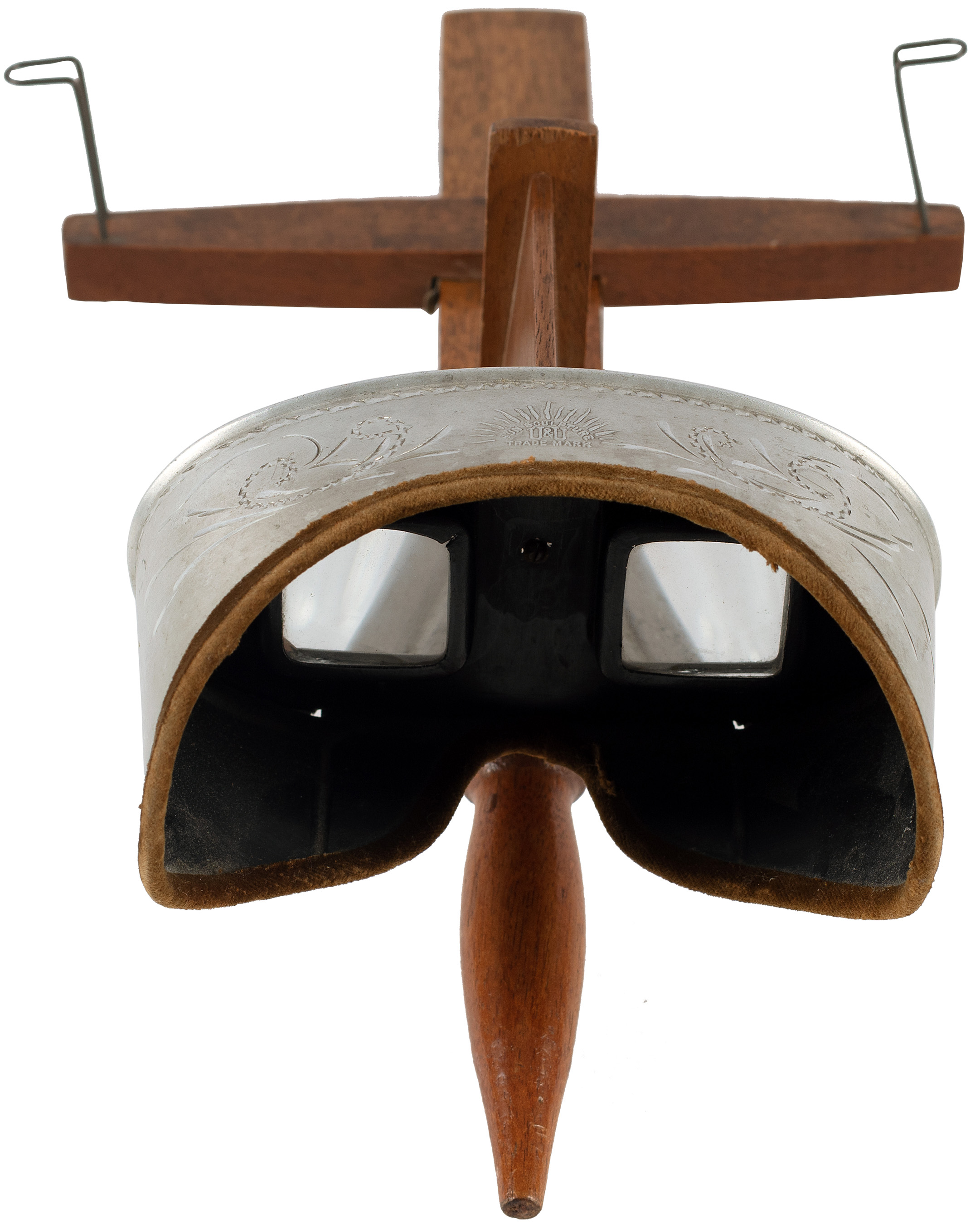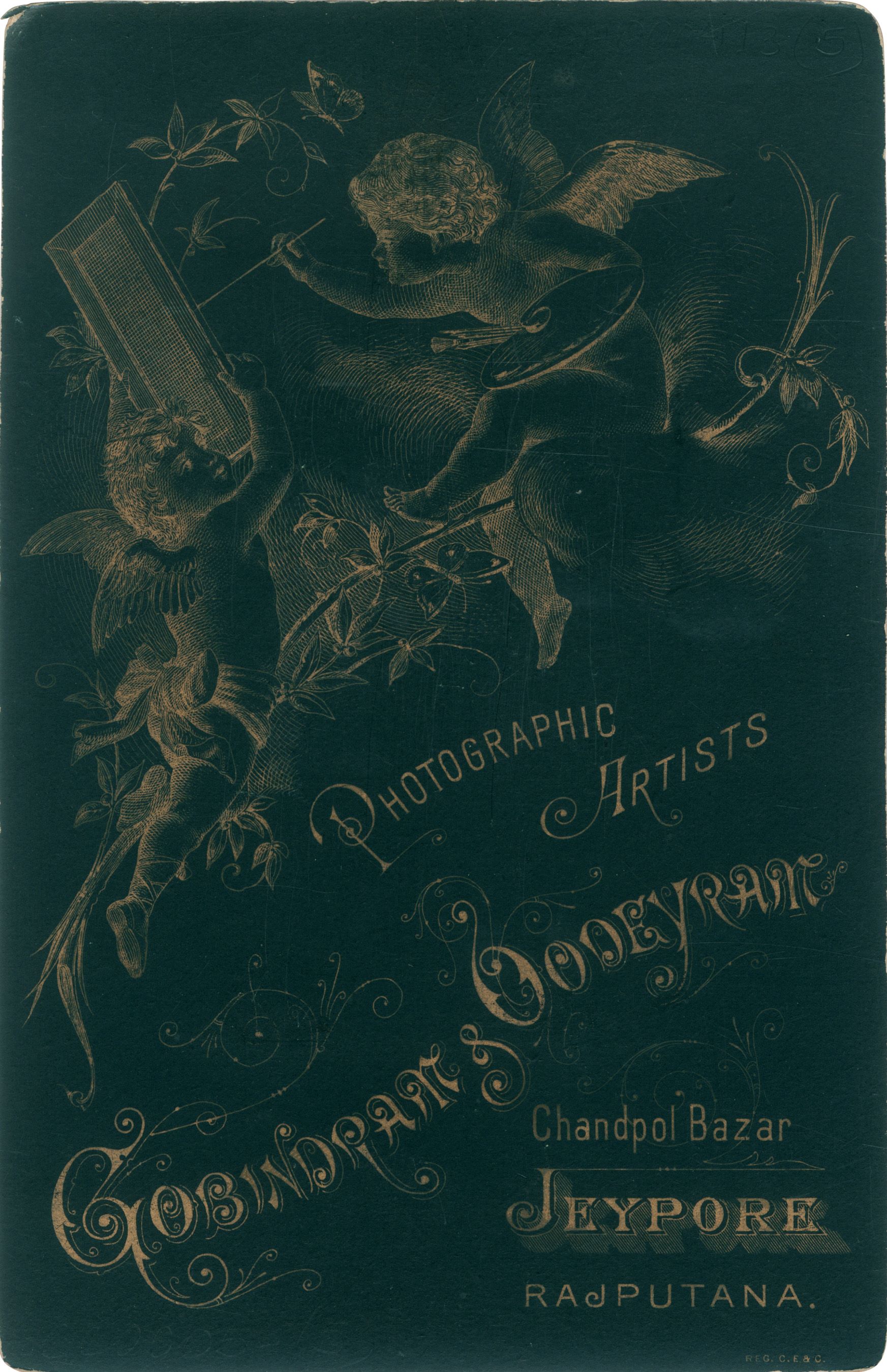Histories in the Making: Photographing Indian Monuments, 1855–1920
Histories in the Making: Photographing Indian Monuments, 1855–1920
Histories in the Making: Photographing Indian Monuments, 1855–1920
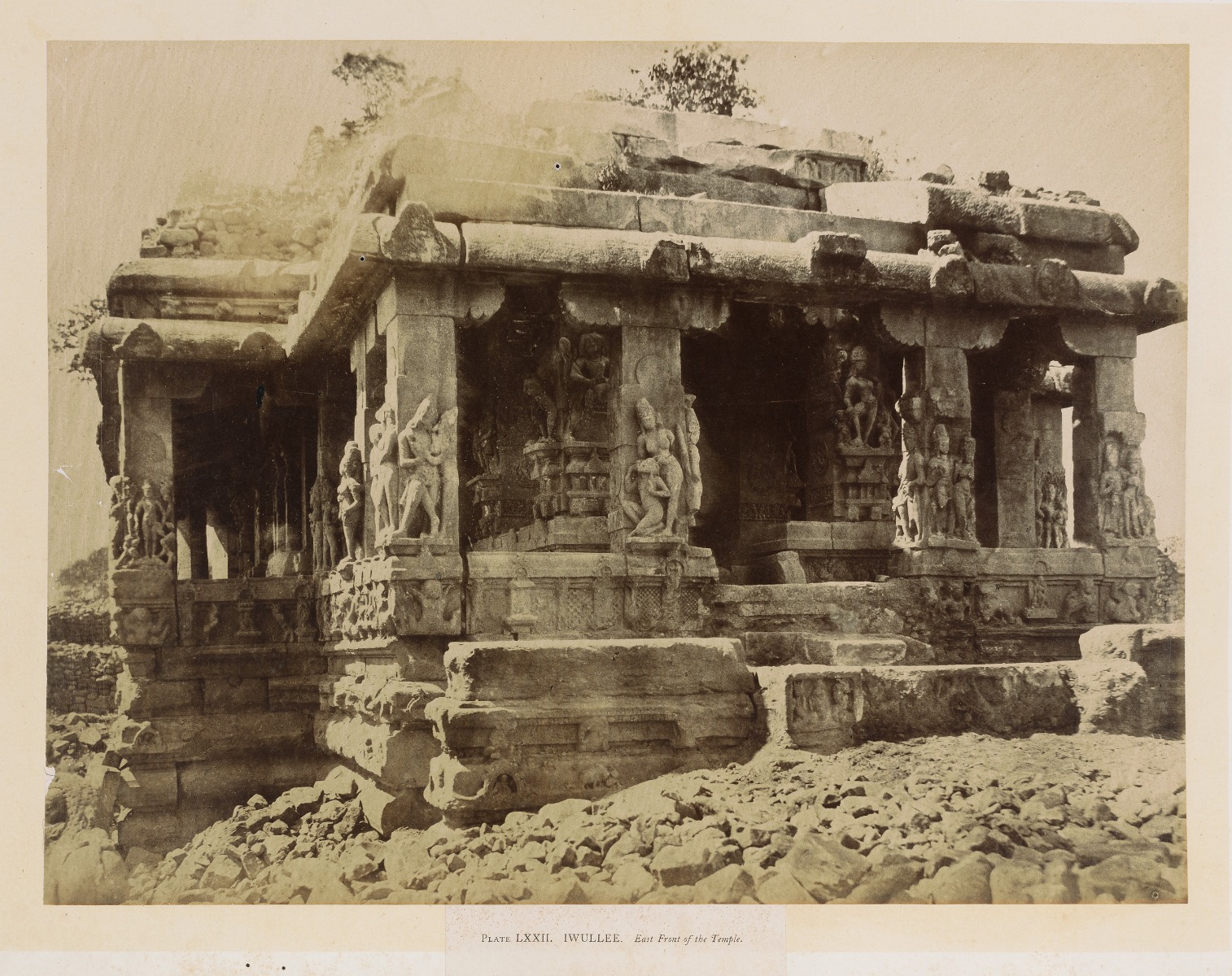
|
Histories in the Making: Photographing Indian Monuments, 1855–1920 Dr. Bhau Daji Lad Museum Mumbai, 2 May - 17 August 2025 Curated by Sudeshna Guha
Thomas Biggs Plate LXXII. Iwullee, East Front of the Temple (Durga Temple, Aihole, Bijapur) Silver albumen print 1855 11.2 x 15.5 in. / 28.4 x 39.4 cm. Collection: DAG |
|
|
|
L. N. Taskar Untitled (Maharashtra Temple Scene) Oil on canvas Collection: DAG |
|
EARLY ENCOUNTERS
|
|
Andrew Charles Brisbane Neill Plate LXVIII. Beejanuggur, Sculptured Granite Wall (Hampi) Silver albumen print, 1856 10.5 x 13.5 in. / 26.6 x 34.2 cm.
|
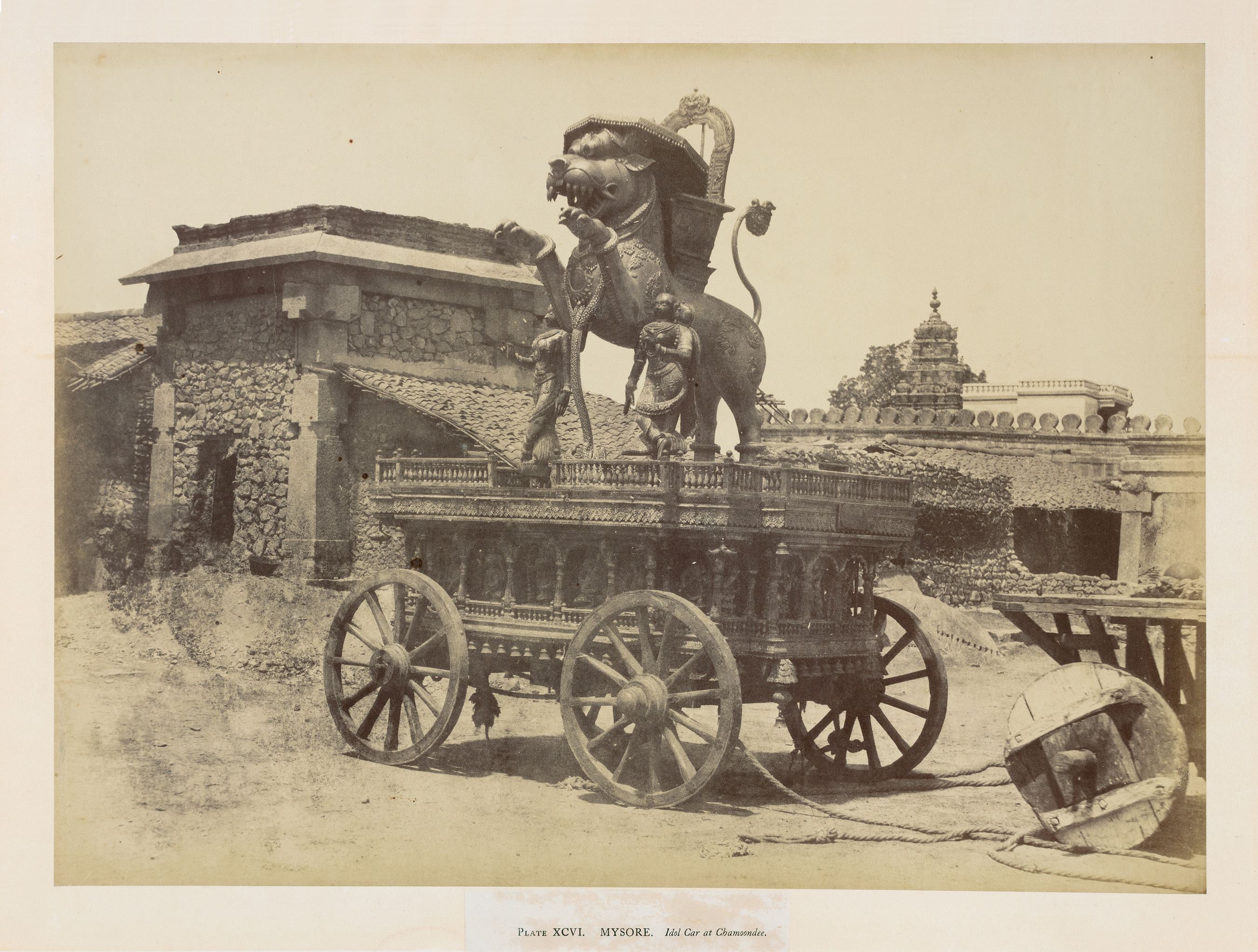
William Henry Pigou
Mysore, Idol car at the temple of Chamondee (Chamundi Temple)
Silver albumen print, 1856
11.0 x 15.0 in. / 27.9 x 38.1 cm.
Collection: DAG
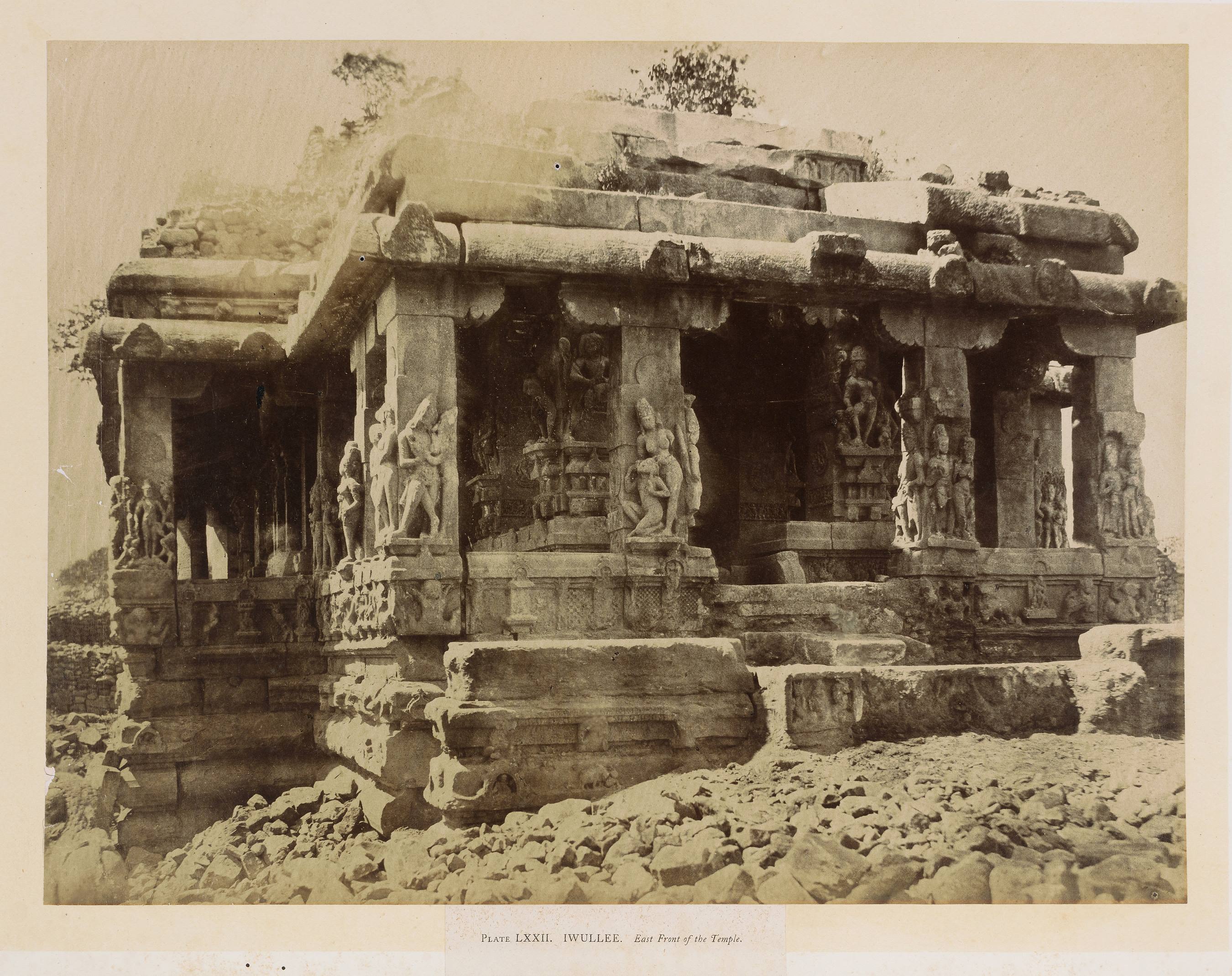
Thomas Biggs
Plate LXXII. Iwullee, East Front of the Temple (Durga Temple, Aihole, Bijapur)
Silver albumen print, 1855
11.2 x 15.5 in. / 28.4 x 39.4 cm.
Collection: DAG
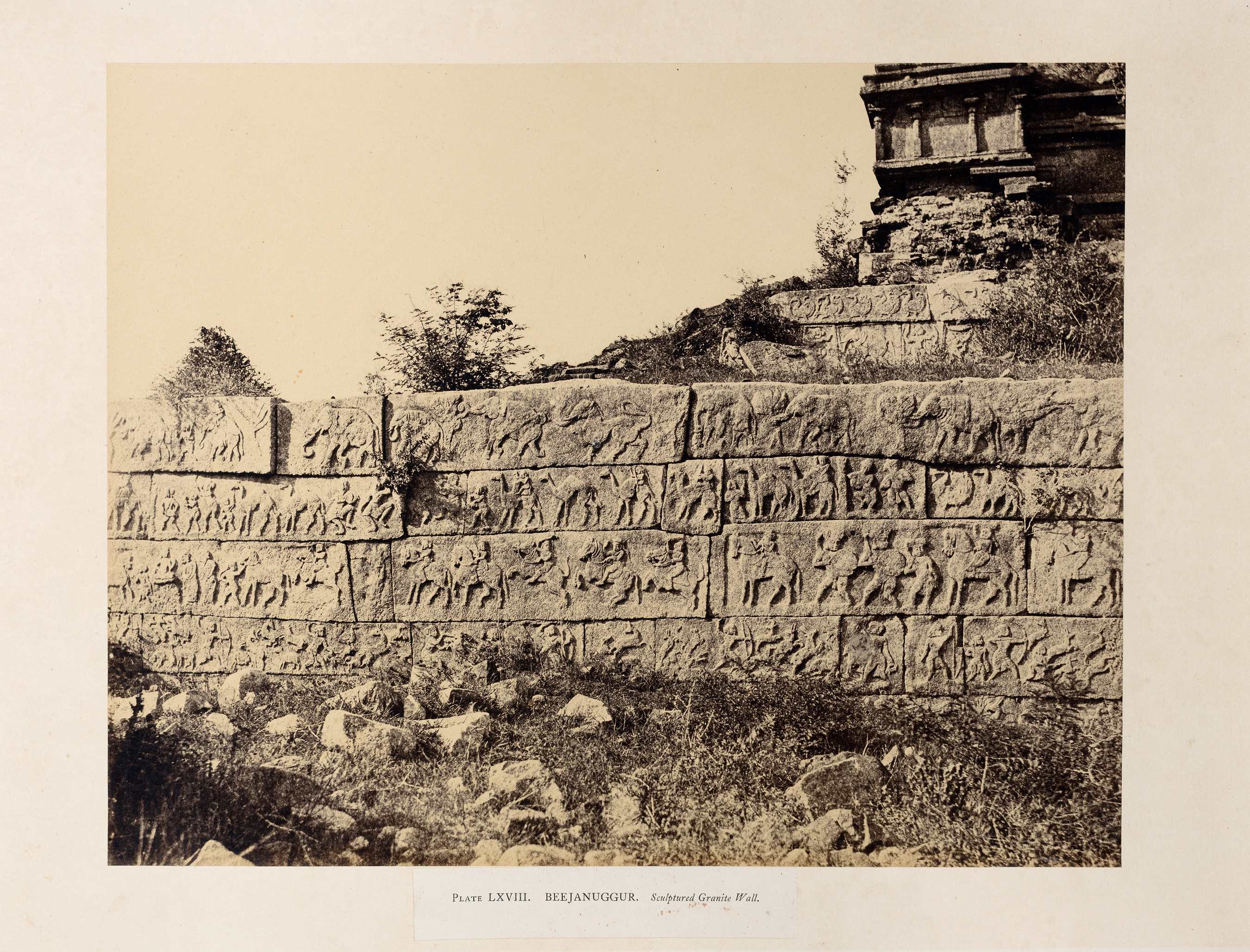
Andrew Charles Brisbane Neill
Plate LXVIII. Beejanuggur, Sculptured Granite Wall (Hampi)
Silver albumen print, 1856
10.5 x 13.5 in. / 26.6 x 34.2 cm.
Collection: DAG
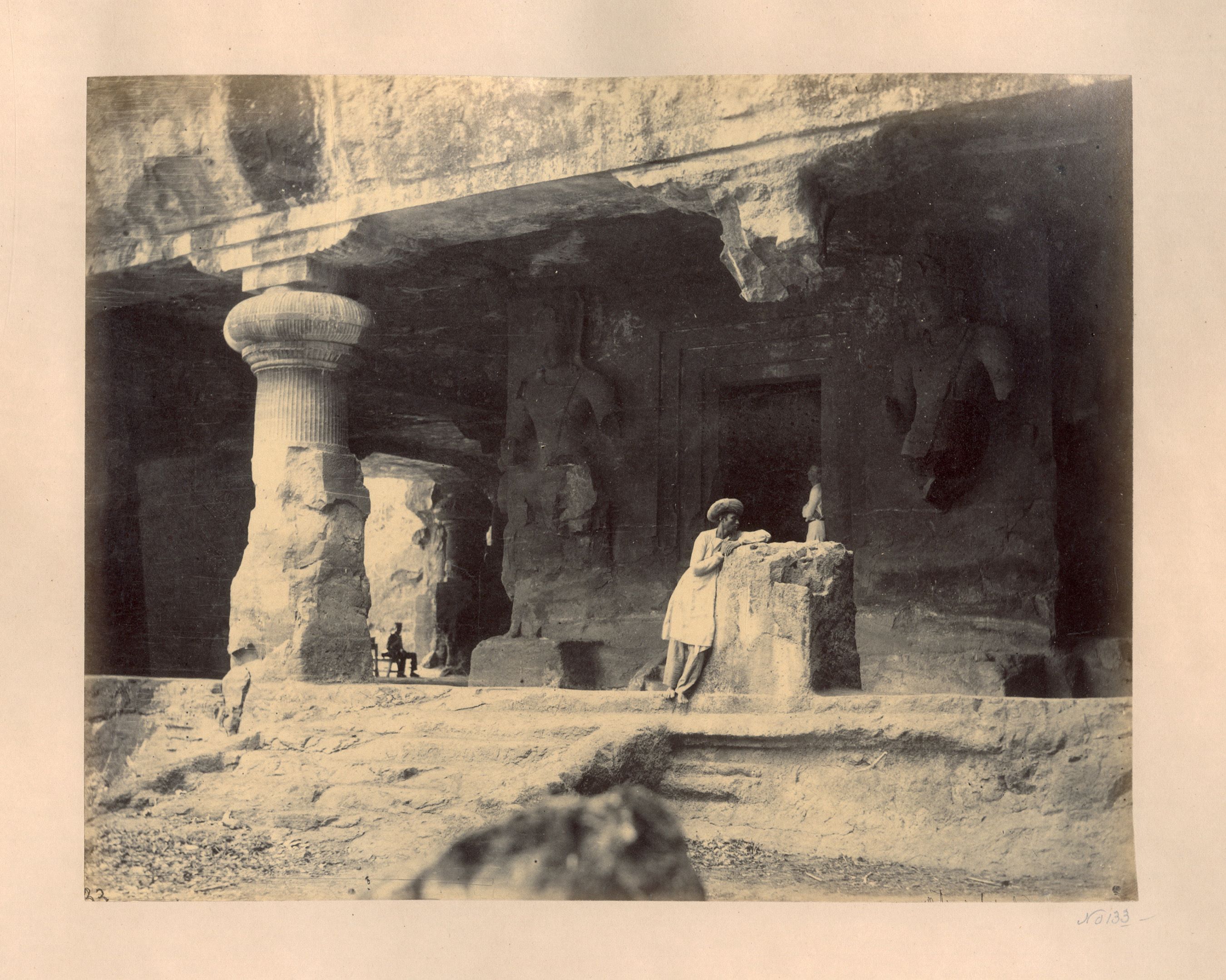
William Johnson and William Henderson
Caves of Elephanta – 7. From the Water Cave
Silver albumen print, 1855–62
7.5 x 9.5 in. / 19.0 x 24.1 cm.
Collection: DAG
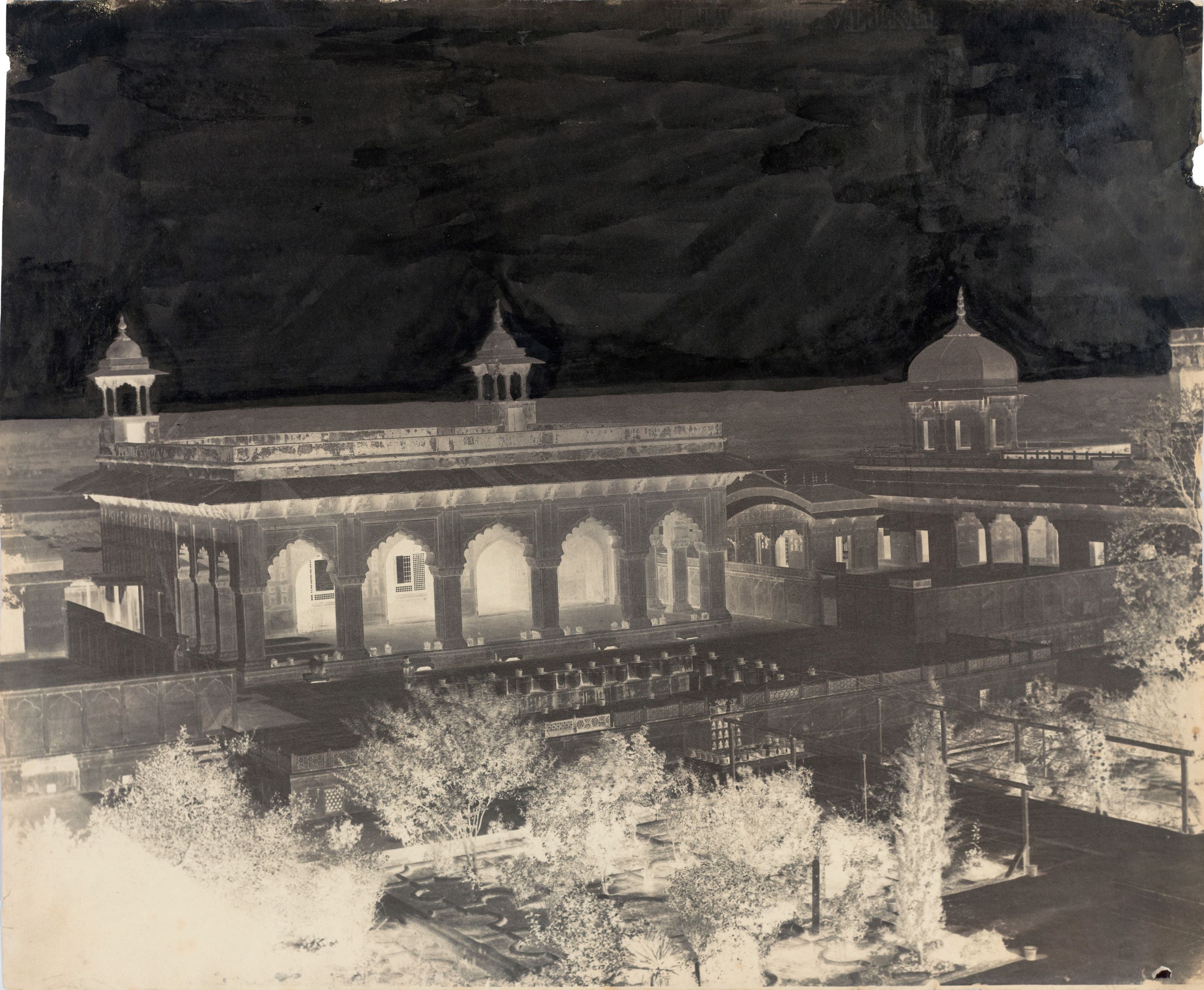
John Murray
Khas Mahal, Agra Fort
Waxed paper negative, c. 1858–62
15.0 x 18.0 in. / 38.1 x 45.7 cm.
Collection: DAG
|
|
VISUAL INSCRIPTIONS
|
|
Felice Beato The Place in which General Neil was killed in the China Bazar (Lucknow) Silver albumen print, 1858 8.7 x 10.7 in. / 22.0 x 27.1 cm.
|
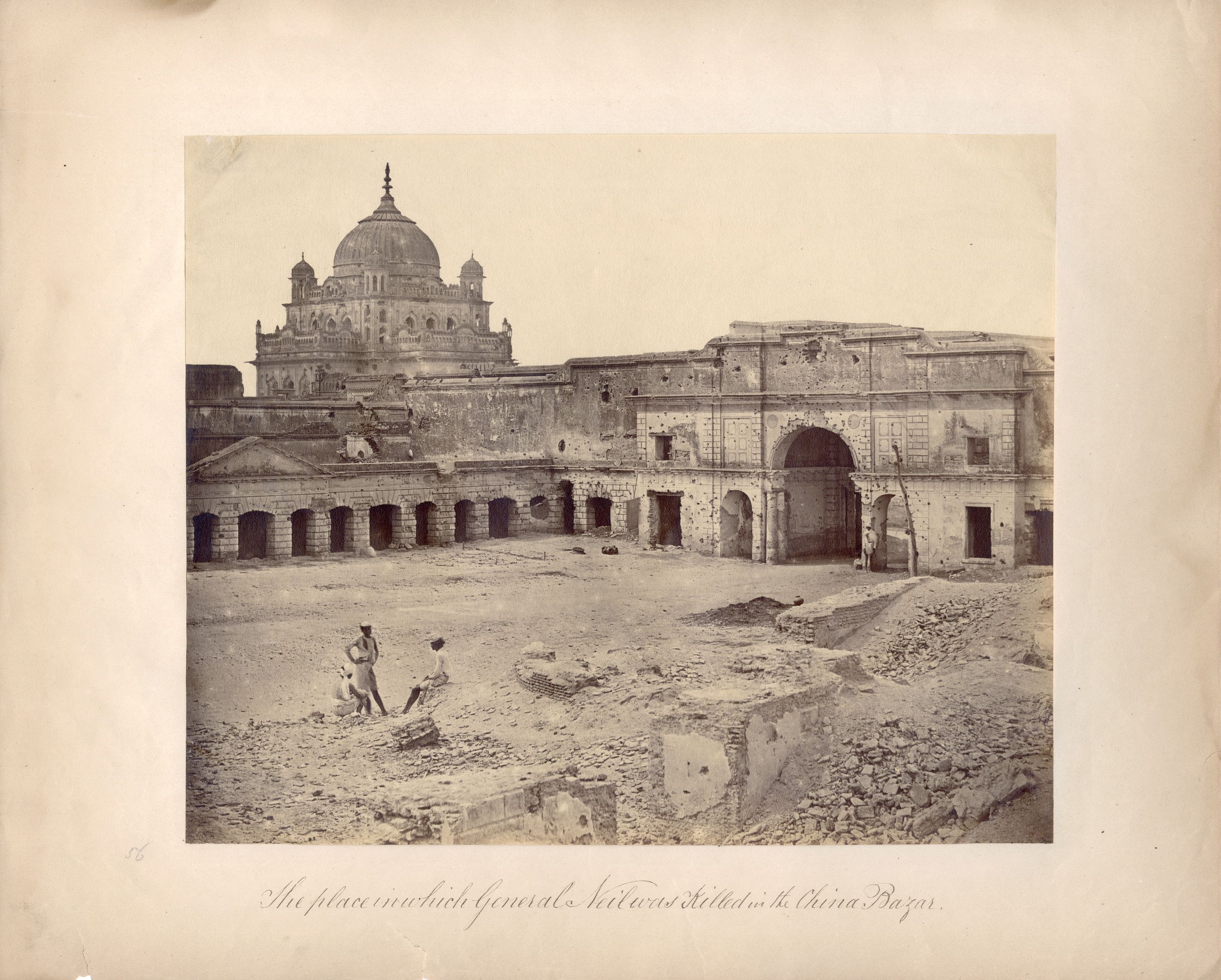
Felice Beato
The Place in which General Neil was killed in the China Bazar (Lucknow)
Silver albumen print, 1858
8.7 x 10.7 in. / 22.0 x 27.1 cm.
Collection: Sir J. J. School of Art
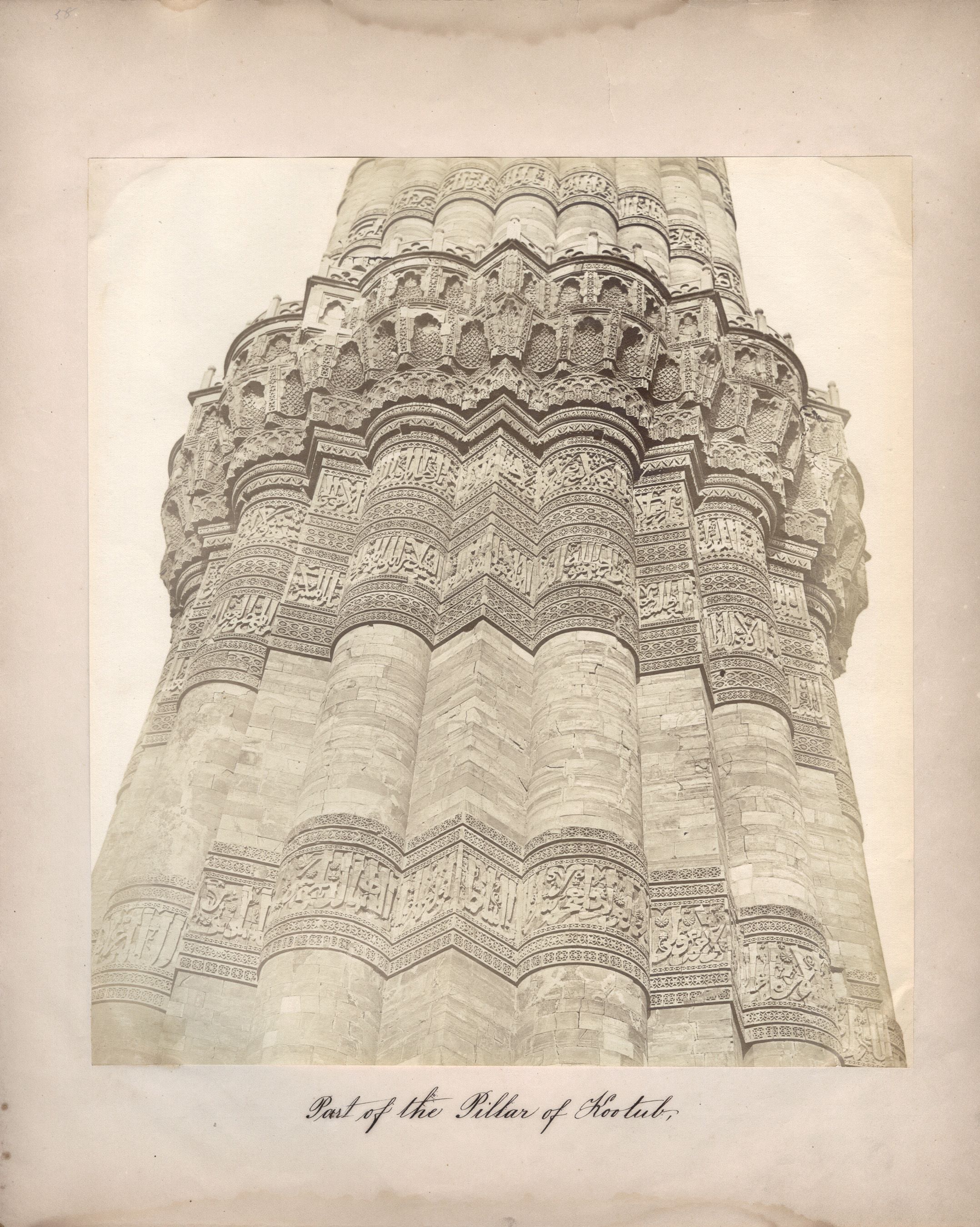
Felice Beato
Part of the Pillar of Kootub (Qutub Minar, Delhi)
Silver albumen print, 1858
11.0 x 10.2 in. / 27.9 x 25.9 cm.
Collection: DAG
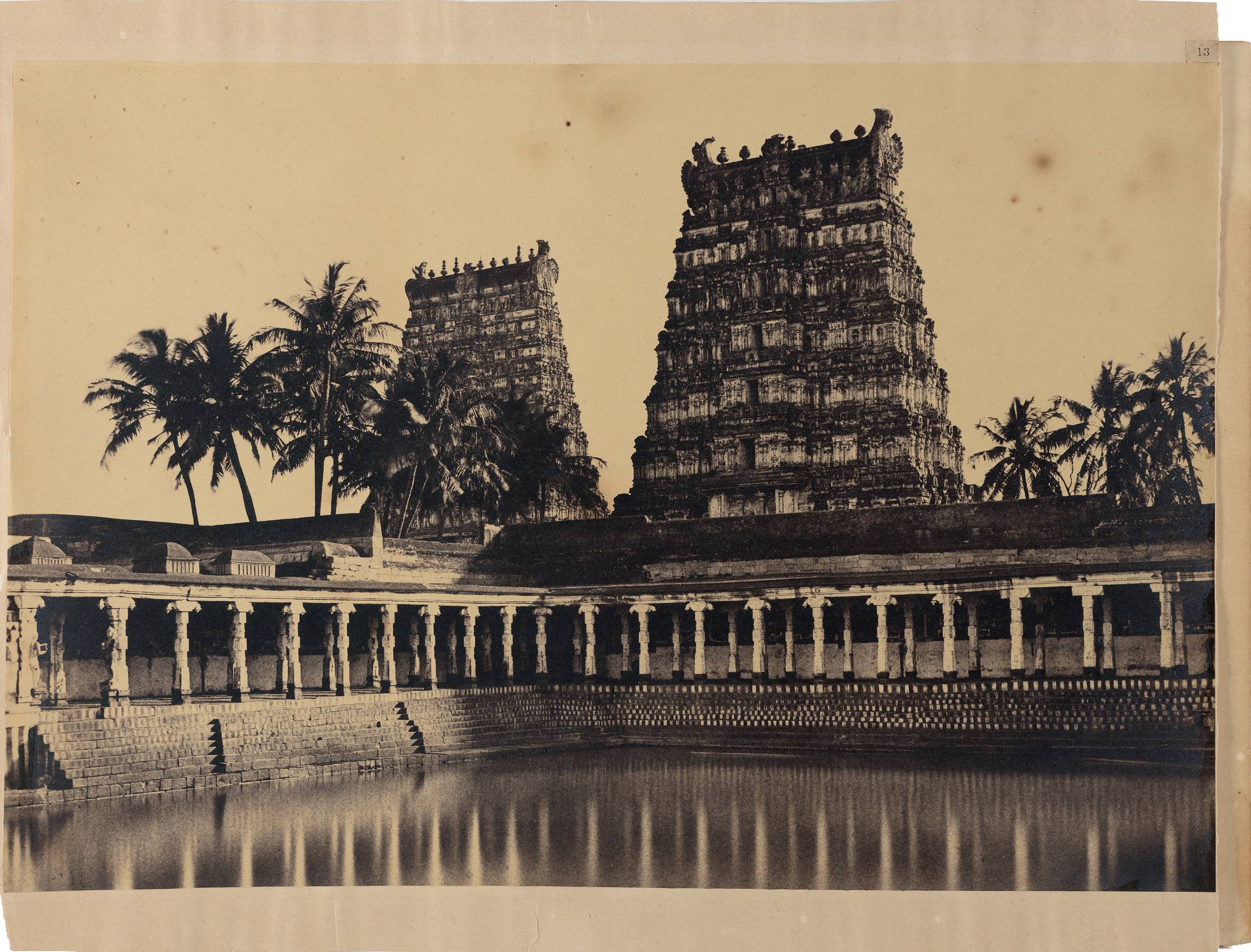
Linnaeus Tripe
The Great Pagoda, View of the Sacred Tank in the Great Pagoda (Minakshi Sundareshvara Temple, Madurai)
Silver albumen print, 1858
10.2 x 15.0 in. / 25.9 x 38.1 cm.
Collection: DAG
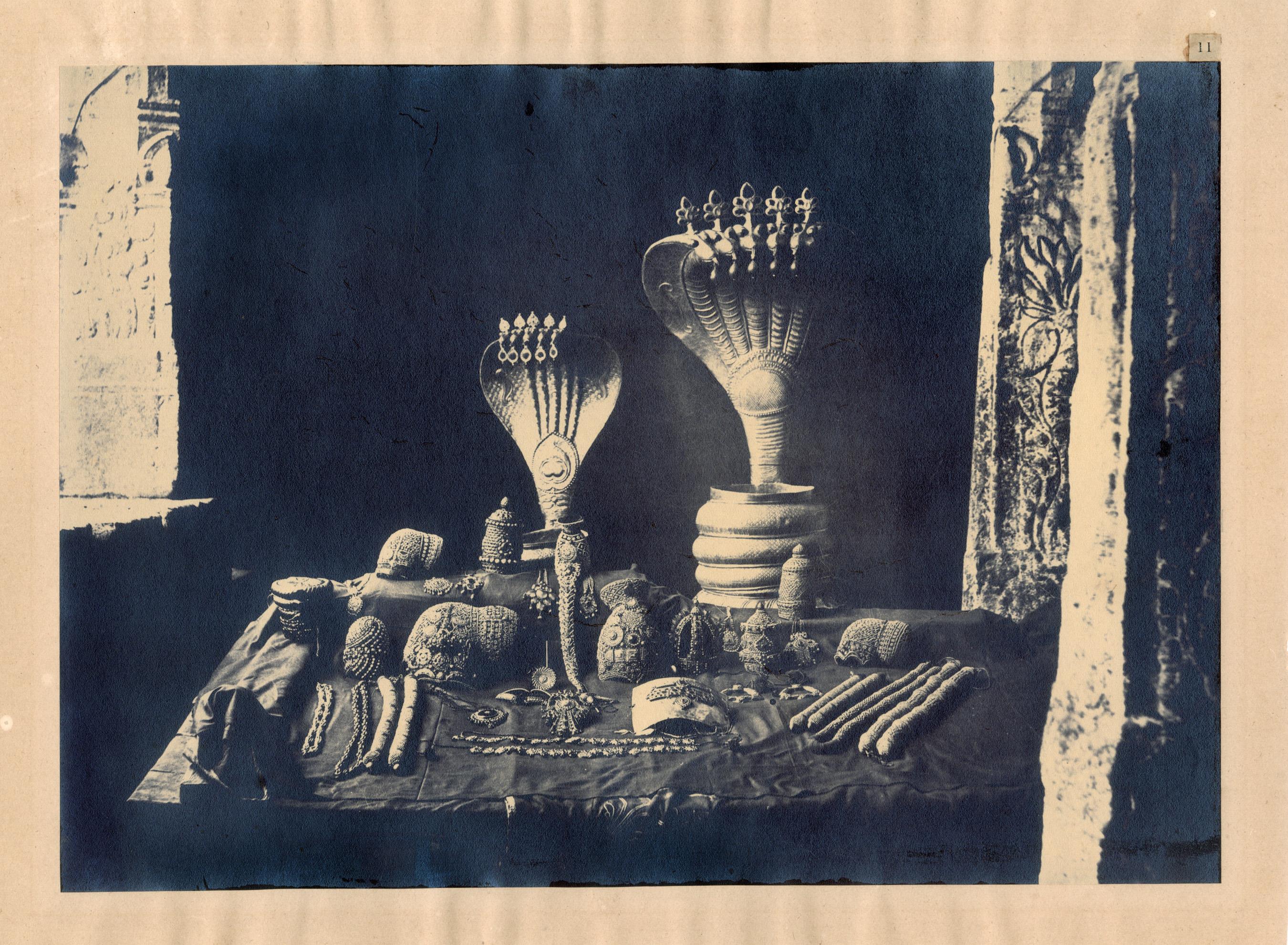
Linnaeus Tripe
The Great Pagoda, The Pagoda Jewels (Minakshi Sundareshvara Temple, Madurai)
Silver albumen print, 1858
8.5 x 11.7 in. / 21.5 x 29.7 cm.
Collection: DAG
|
|
FIELD PHOTOGRAPHY
|
|
James Waterhouse Plate XIX. Ruins of Western Gateway, Sanchi (The Great Stupa, Sanchi) Silver albumen print, December 1862 6.2 x 8.0 in. / 15.7 x 20.3 cm.
|
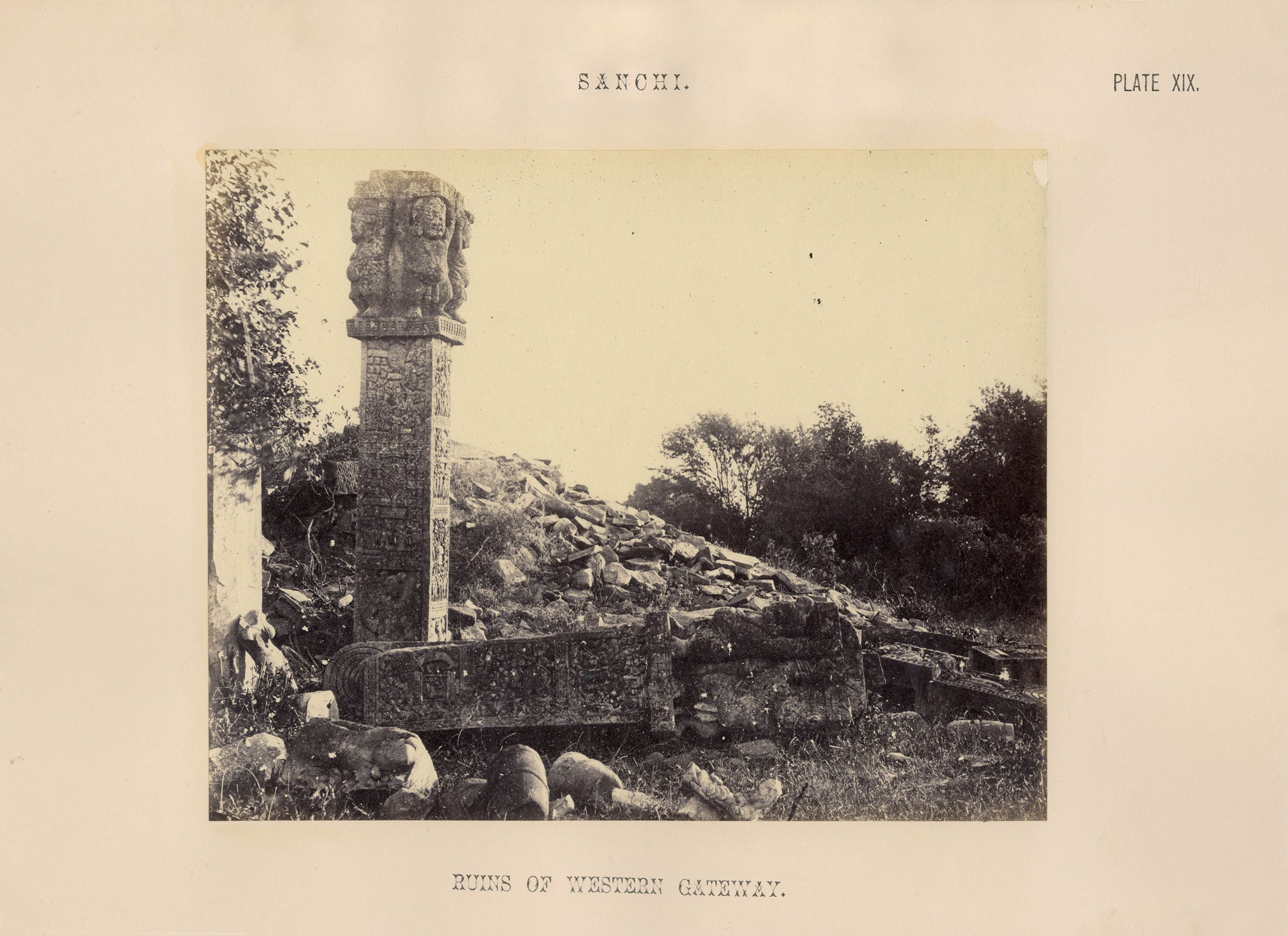
James Waterhouse
Plate XIX. Ruins of Western Gateway, Sanchi (The Great Stupa, Sanchi)
Silver albumen print, December 1862
6.2 x 8.0 in. / 15.7 x 20.3 cm.
Collection: DAG
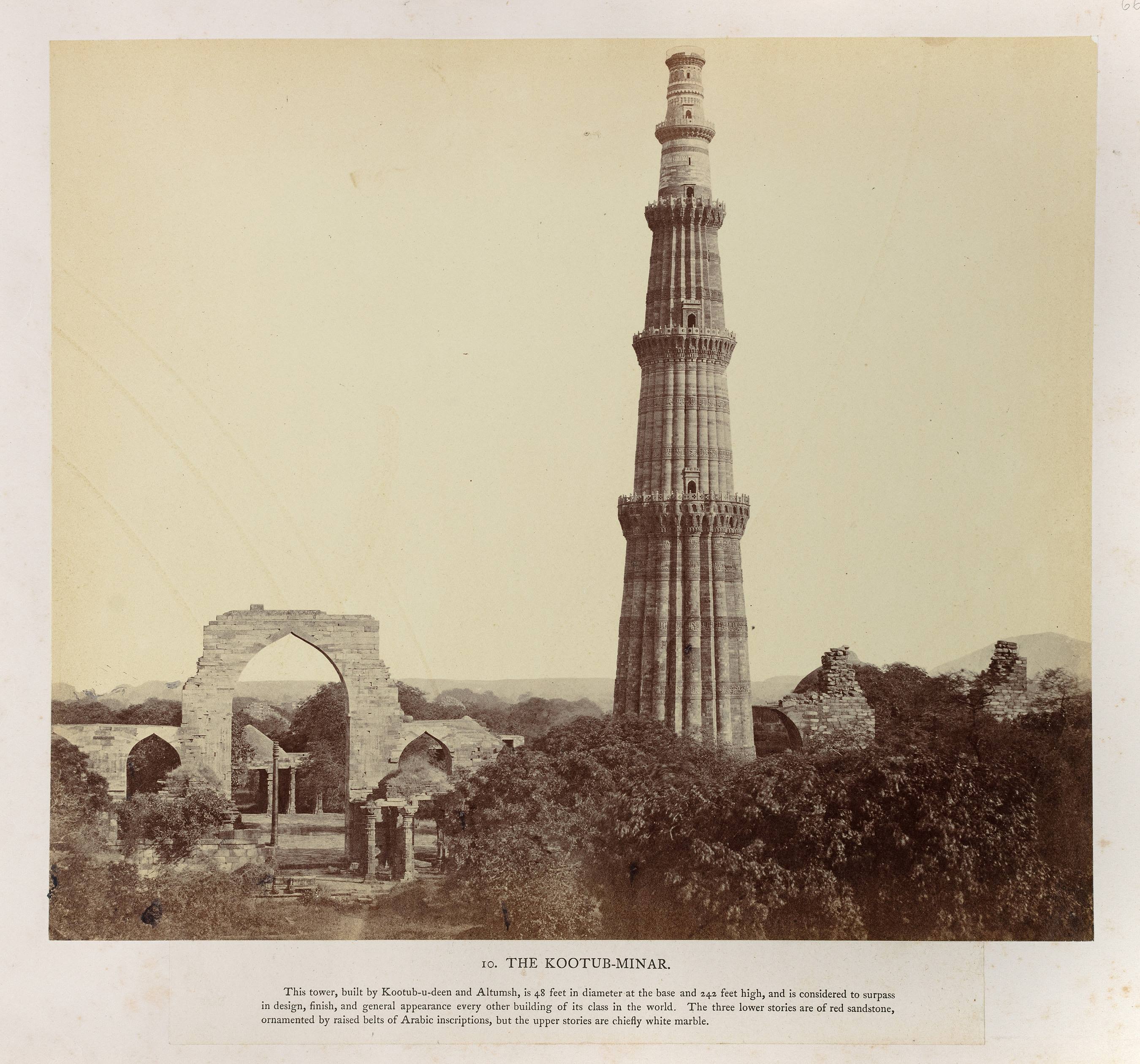
Eugene Clutterbuck Impey
The Kootub - Minar (Qutub Minar, Delhi)
Silver albumen print, c. 1858–65
9.5 x 11.0 in. / 24.1 x 27.9 cm.
Collection: DAG
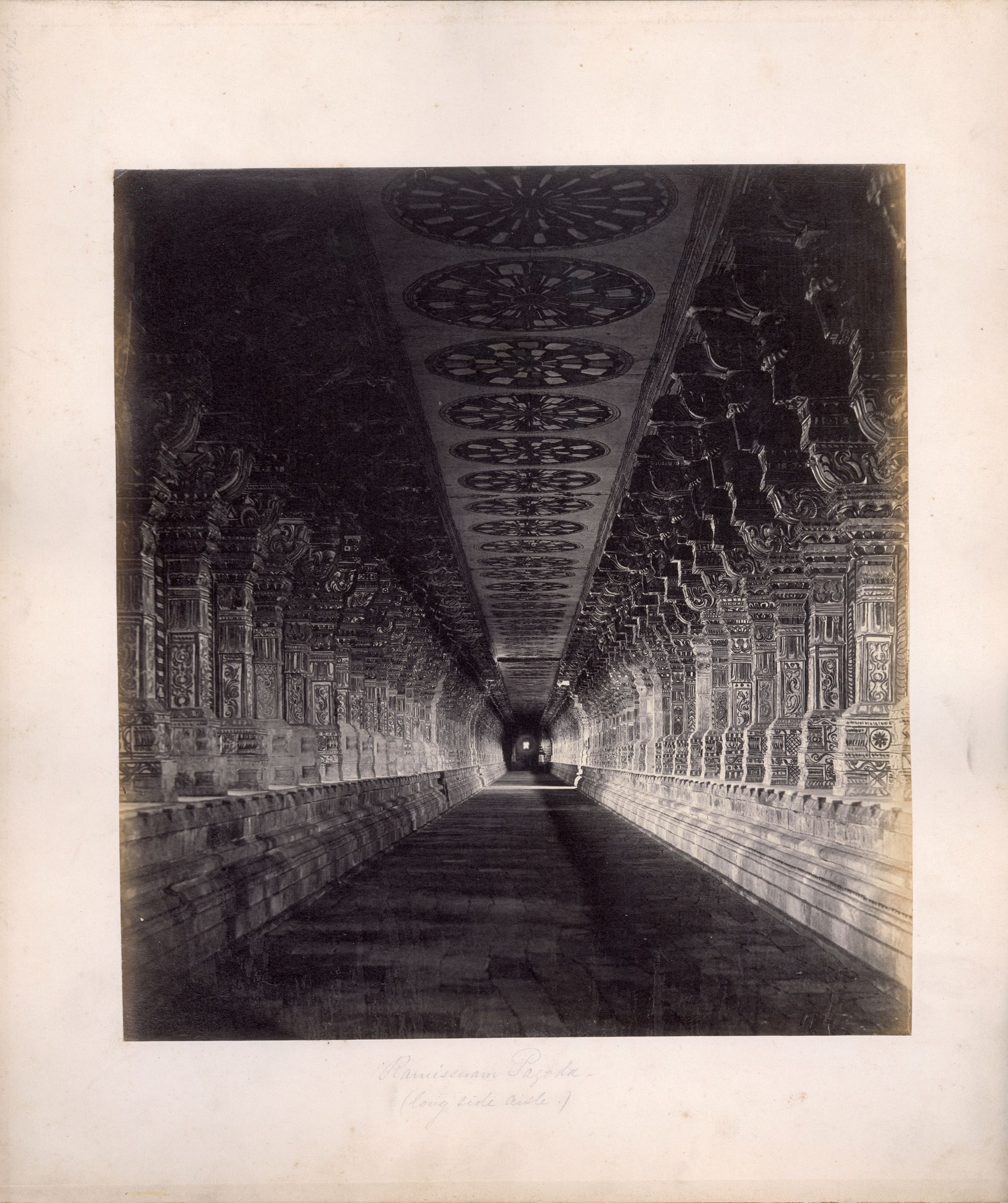
Edmund David Lyon
Ramisseram Pagoda (Long Side Aisle) (Ramalingeswara temple, Rameswaram)
Silver albumen print, 1867–68
10.5 x 9.5 in. / 26.6 x 24.1 cm.
Collection: DAG
|
|
SELLING THE PICTURESQUE
|
|
Samuel Bourne and James Craddock A View on the Dal Canal, Kashmir Silver albumen print, c. 1860 9.2 x 11.5 in. / 23.4 x 29.2 cm.
|
Samuel Bourne and James Craddock
A View on the Dal Canal, Kashmir
Samuel Bourne
Ice cave, Source of the Buspa
Samuel Bourne
Shankaracharya Temple, Takht-i-Sulaiman Hill, Kashmir
|
CONTESTING THE EMPIRE
|
|
Narayan Vinayak Virkar Samathi (Samadhi), Raigad Fort Silver gelatin print, c. 1919 8.0 x 6.0 in. / 20.3 x 15.2 cm.
|
Narayan Vinayak Virkar
Samathi (Samadhi), Raigad Fort
Raphael Tuck & Sons #7234, London
The Memorial Well, Cawnpore
Raphael Tuck & Sons #7237, London
Exterior of Zenana, Agra
|
PHOTOGRAPHY AS CURRENCY
|
|
Johnny Stores post cards, Karachi Relics of Ancient Tombs Magarpir Karachi Real photo postcard, divided back, c. 1920 3.4 x 5.4 in. / 8.6 x 13.7 cm.
|
Johnny Stores post cards, Karachi
Relics of Ancient Tombs Magarpir Karachi
Underwood & Underwood
Stereoscope
Oak, tin, glass and velvet, 1901
Gobindram Oodeyram, Chandpol Bazar, Jeypore, Rajputana
Printed card, early 20th century
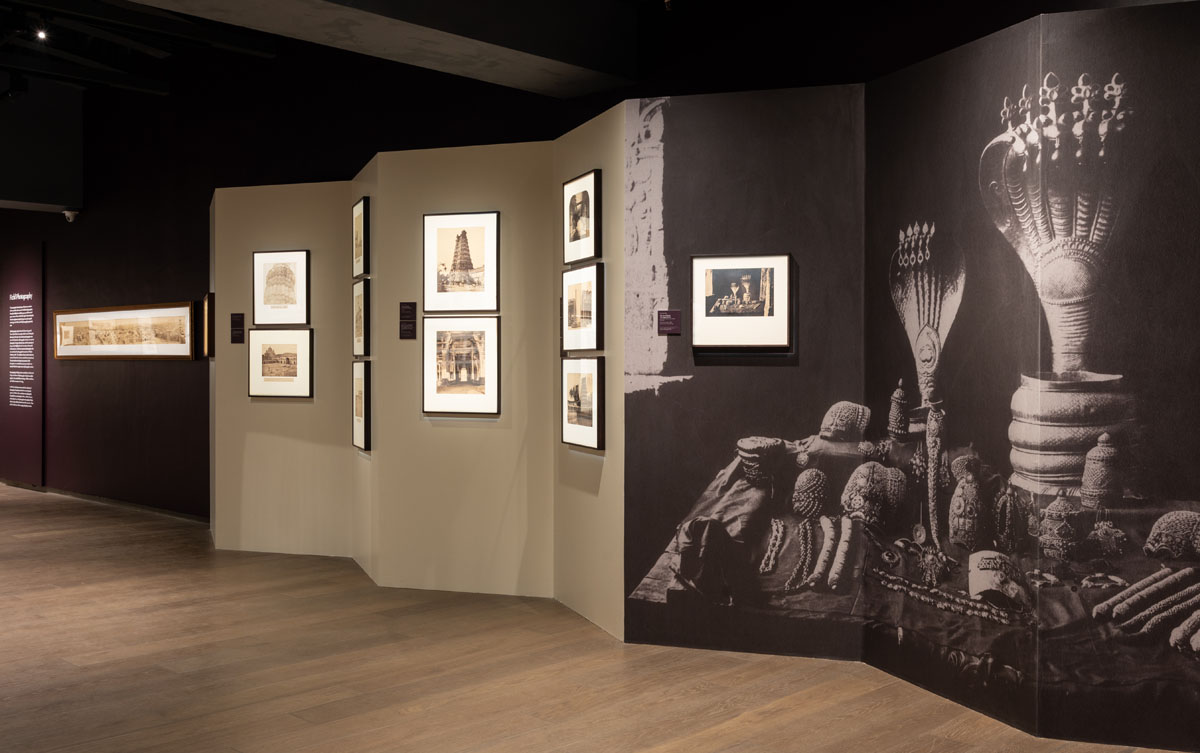
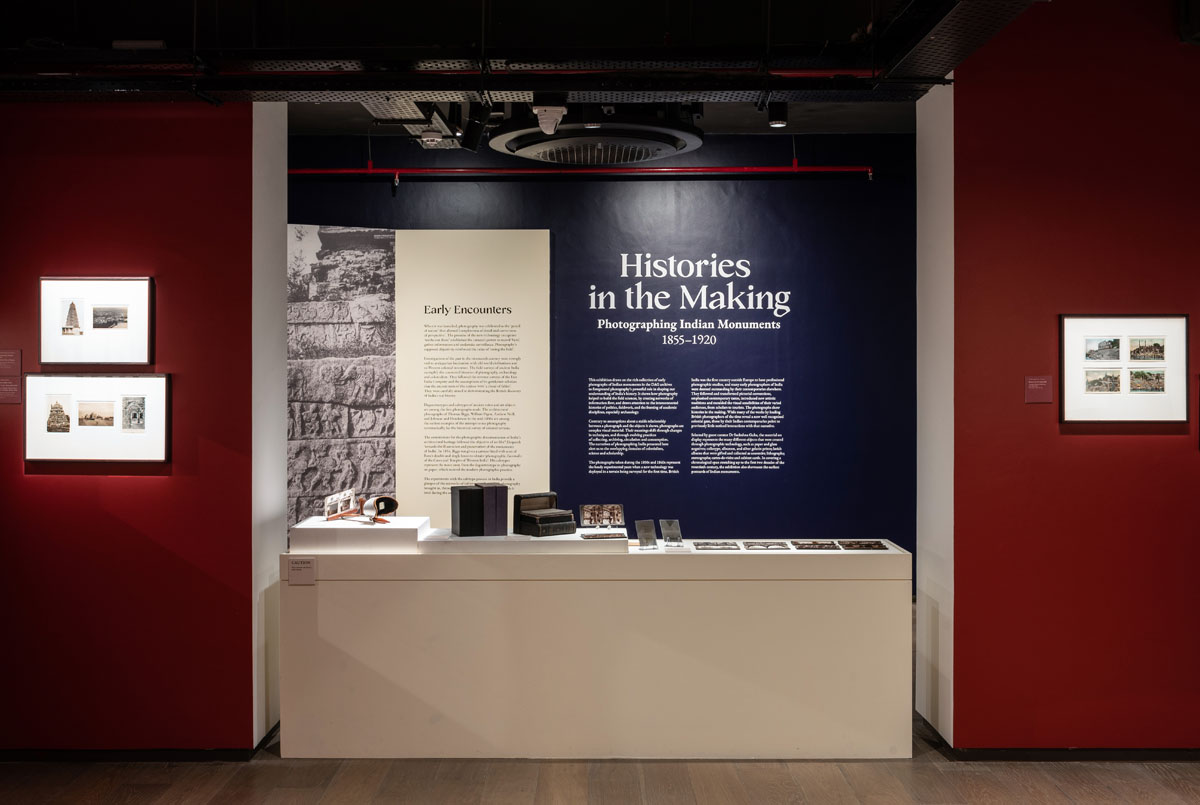
|
“The exhibition builds upon the connected history of photography and field surveys of India’s past to display the power and authority of the photograph and photographic collection as historical objects to think with.” - Sudeshna Guha |
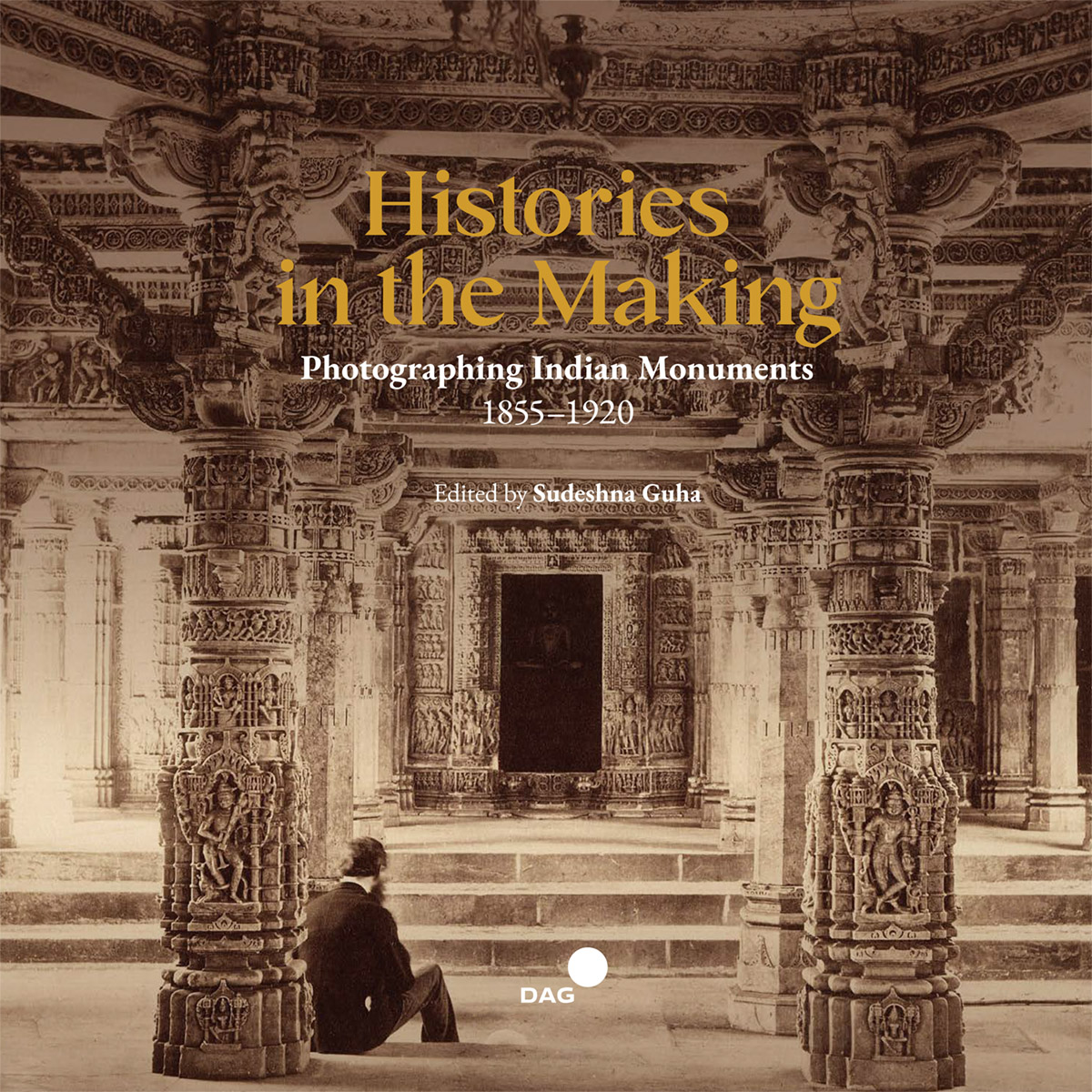
Presented by

